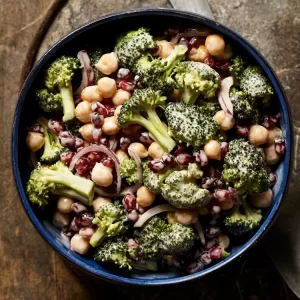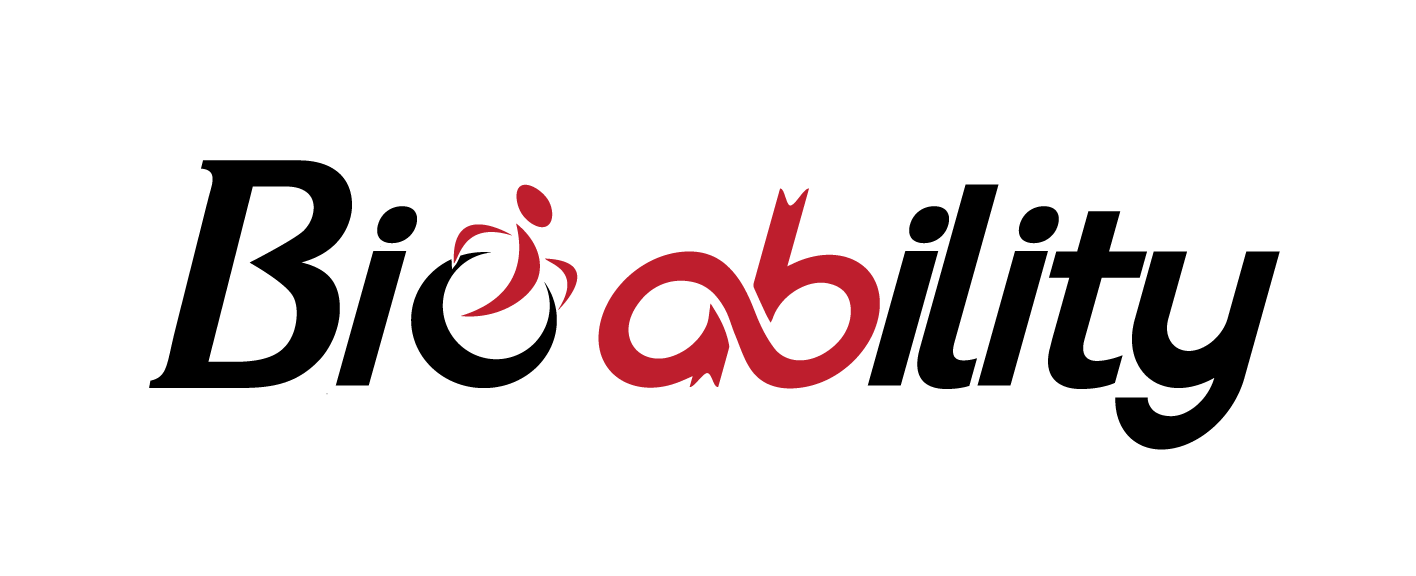May 1, 2024
The Ability Connection
Issue #20
May 5 is International Cri du Chat Awareness Day
According to Cleveland Clinic, Cri du chat syndrome is a rare chromosomal disorder caused by a deletion of genetic material on part of chromosome 5. Other names for the condition are cat cry syndrome and 5p- syndrome. Cri du chat syndrome is a rare disorder, but it’s one of the most commonly seen chromosomal anomalies. The disease occurs in 1 in 15,000 to 1 in 50,000 live births in the U.S. In other words, about 50 to 60 babies are born with cat cry syndrome every year.
According to the National Organization for Rare Disorders (NORD), symptoms vary greatly from case to case depending upon the exact size and location of the deleted genetic material. Common symptoms include a distinctive cry that resembles the mewing of a cat, characteristic facial features, slow growth, and microcephaly, a condition that indicates that head circumference is smaller than would be expected for an infant’s age and sex. Affected children also exhibit delays in the acquisition of skills requiring the coordination of muscular and mental activities (psychomotor disability) and moderate to severe intellectual disability.
Additional symptoms affecting different organ systems of the body can also occur. Most cases are thought arise from spontaneous (de novo) genetic errors very early in embryonic development.
While there is no specific treatment for Cri du Chat syndrome, early and consistent intervention can significantly improve the child’s quality of life. A variety of services may be involved in managing this condition including physical therapy, speech therapy, and educational support. Benefits of exercise for individuals with Cri Du Chat Syndrome can include improved cardiovascular health, muscle strength, coordination, balance, flexibility, and overall well-being. Regular physical activity can also help manage weight, improve mood, and enhance social interactions. Individual needs may vary, so it’s essential to tailor exercise programs to each person’s abilities and preferences. At Bio Ability we can work closely with the therapies if requested and will tailor a program to support advancing therapy goals.
May is National Stroke Awareness Month
According to the American Stoke Association, stroke is a disease that affects the arteries leading to and within the brain. It is the No. 5 cause of death and a leading cause of disability in the United States. A stroke occurs when a blood vessel that carries oxygen and nutrients to the brain is either blocked by a clot or bursts (or ruptures). When that happens, part of the brain cannot get the blood (and oxygen) it needs, so it and brain cells die. Strokes can be classified into 2 main categories, according to John Hopkins Medicine: ischemic and hemorrhagic.
Ischemic strokes are caused by blockage of an artery (or, in rare instances, a vein). About 87% of all strokes are ischemic. Ischemic strokes are further divided into 2 groups: thrombotic or embolic. Thrombotic strokes are caused by a blood clot that develops in the blood vessels inside the brain. Embolic strokes are caused by a blood clot or plaque debris that develops elsewhere in the body and then travels to one of the blood vessels in the brain through the bloodstream.
Hemorrhagic strokes are strokes caused by bleeding. About 13% of all strokes are hemorrhagic. Hemorrhagic strokes are divided into 2 main categories, including the following: intravertebral or subarachnoid hemorrhage. In a intracerebral hemorrhage, bleeding is from the blood vessels within the brain. Subarachnoid hemorrhage finds the bleeding in the subarachnoid space (the space between the brain and the membranes that cover the brain).
Stroke is a serious medical condition, and understanding its risk factors is crucial for prevention. Some risk factors are unable to be controlled but may are. Here are some key factors associated with an increased risk of stroke:
- High Blood Pressure (Hypertension): Elevated blood pressure is a significant risk factor for stroke.
- Obesity: Being overweight or obese can contribute to stroke risk.
- Physical Inactivity: A sedentary lifestyle increases the likelihood of stroke.
- Poor Diet: Consuming an unhealthy diet high in saturated fats, salt, and processed foods can impact cardiovascular health and increase stroke risk.
- Smoking: Tobacco use significantly raises the risk of stroke.
- Diabetes: Individuals with diabetes are at higher risk of stroke.
- Atrial Fibrillation (AFib): AFib, an irregular heart rhythm, increases the risk of blood clots that can lead to stroke.
- High Cholesterol (Hyperlipidemia): Elevated cholesterol levels contribute to atherosclerosis (narrowing of arteries), which can lead to stroke.
- Social Determinants of Health: Factors such as access to quality care, education, income level, and insurance status can impact stroke risk.
- Gender: Women face a higher risk of stroke. Remember that while some risk factors are beyond our control, others can be managed through lifestyle changes and proper medical care. Regular check-ups, healthy habits, and awareness play a significant role in stroke prevention.
If you or someone you love is at risk of stroke and would like support in prevention, contact Bio Ability regarding our Adaptive Lifestyle Program.
What’s happening?
Community Awareness Fair – May 4 starts at 2PM
We strive to bring together the entire special needs community. It is free to attend. A number of vendors will be there as well as a Bio Ability partner, Dr. Diana Tyler will provide our first Bio Ability presents….. Please RSVP on our social media event.
Bio Ability presents…
Dr. Diana Tyler DC. DACNB, founder of the Aura Functional Neurology Center, will be presenting a very important topic, “Understand Your Child’s Brain + Neuroplasticity: Benefits of Targeted Exercise Program for Children with Neurodevelopmental Conditions”.
Join us for an enlightening journey into the fascinating world of neuroplasticity! In this educational presentation, we delve deep into the intricate workings of your child’s brain and explore how targeted exercise programs can positively impact their development.
Join us for an informative presentation. Discover how our programs can make a difference. There is no cost for attending but we would like you to RSVP to ensure we have enough chairs for everyone. We look forward to seeing you there.
March Class Schedule
It is always best to find current class availability online at BIO Ability Classes . Some classes may be wait list only.
MT 4:30 pm Adaptive Ninja
MT 5:30 pm Adaptive Gymnastics
MW 5:30 pm Adaptive Fitness (Teen/Adult)
Tu 930 am Adaptive Homeschool PE
Tu 5:30 pm Adaptive Gymnastics
W 4:30 pm Adaptive Gymnastics
W 4:30 pm Adaptive Gymnastics
W 5:30 pm Adaptive Ninja
TH 11:00 am Sensory Gymnastics Class
Sat 1:00 pm Adaptive Fitness (Teen/Adult)
Sat 2:00 pm Functional Fitness for Older Adults
Exercise of the Month: Gentle Exercises for Stroke
Stroke patients can benefit from a variety of gentle stretches and exercises that they can perform at home. These exercises help improve mobility, strength, and overall well-being. Here are some stretches and exercises specifically tailored for stroke patients:
- Wrist Rotation:
- Sit comfortably and extend your arm in front of you.
- Rotate your wrist gently to one side and then the other.
- Repeat this movement several times to improve wrist flexibility.
- Wrist Flexion and Extension:
- Keep your arm extended.
- Bend your wrist forward (flexion) and backward (extension) from the wrist joint.
- Maintain straight fingers during the movement.
- Perform this exercise to enhance wrist strength and flexibility.
- Wrist Supination and Pronation:
- Turn your hand over (supination) and then back (pronation), leading with your thumb.
- This exercise helps maintain forearm and wrist mobility.
- Nerve Glides for Fingers:
- Bend and straighten your fingers at each joint.
- Use the other hand to assist if needed.
- Nerve glides promote finger dexterity and flexibility.
- Hand Clasping:
- Clasp your hands together.
- Push and pull them in opposite directions, feeling the resistance and stretch.
- This exercise targets hand strength and coordination.
- Place and Hold:
- Stretch your wrist and fingers into a comfortable position.
- Try to hold it without assistance.
- Relax and repeat.
- This helps improve hand and wrist stability.
- Arm Sliding:
- Sit at a table.
- Slide your affected arm across the table, keeping your fingers relaxed and straight.
- You can use a towel or sleeve for smoother movement.
- Arm sliding enhances shoulder and arm mobility.
Remember to consult with a healthcare professional or physical therapist before starting any new exercise program.
Recipe of the Month: Broccoli, Chickpea & Pomegranate Salad (eatingwell.com)
Ingredients
- ¼ cup thinly sliced red onion

- ½ teaspoon ground cumin
- ⅓ cup whole-milk plain yogurt
- 2 tablespoons tahini
- 2 tablespoons extra-virgin olive oil
- 1 tablespoon lemon juice
- ¾ teaspoon salt, divided
- ½ teaspoon ground pepper
- 4 cups bite-size broccoli florets (about 8 ounces)
- 1 (15 ounce) can low-sodium chickpeas, rinsed
- ½ cup pomegranate seeds
Directions
- Soak onion in a small bowl of cold water for 10 minutes. Drain well.
- Meanwhile, toast cumin in a small dry skillet over medium heat, stirring, until fragrant, 1 to 2 minutes. Transfer to a large bowl. Add yogurt, tahini, oil, lemon juice, 1/2 teaspoon salt and pepper; whisk until smooth. Add broccoli, chickpeas, pomegranate seeds and the onion and toss to combine. Let stand 10 minutes. Season with the remaining 1/4 teaspoon salt and toss again.
Nutrition Information
Serving Size: 6 servings
Calories: 162; Total fat: 9g; Saturated Fat 1 g; Carbohydrates: 16g; Fiber 4g; Protein: 6g

